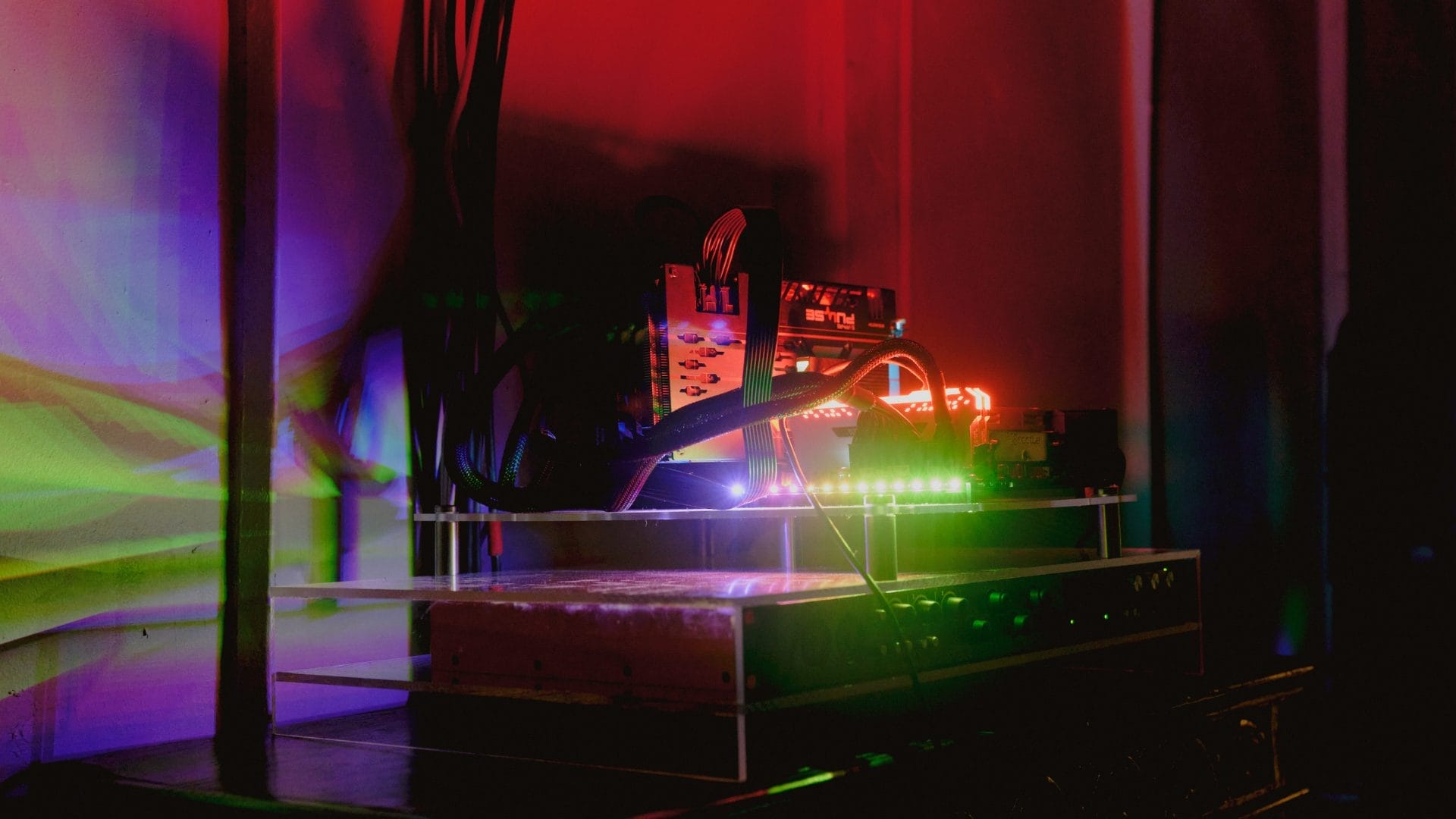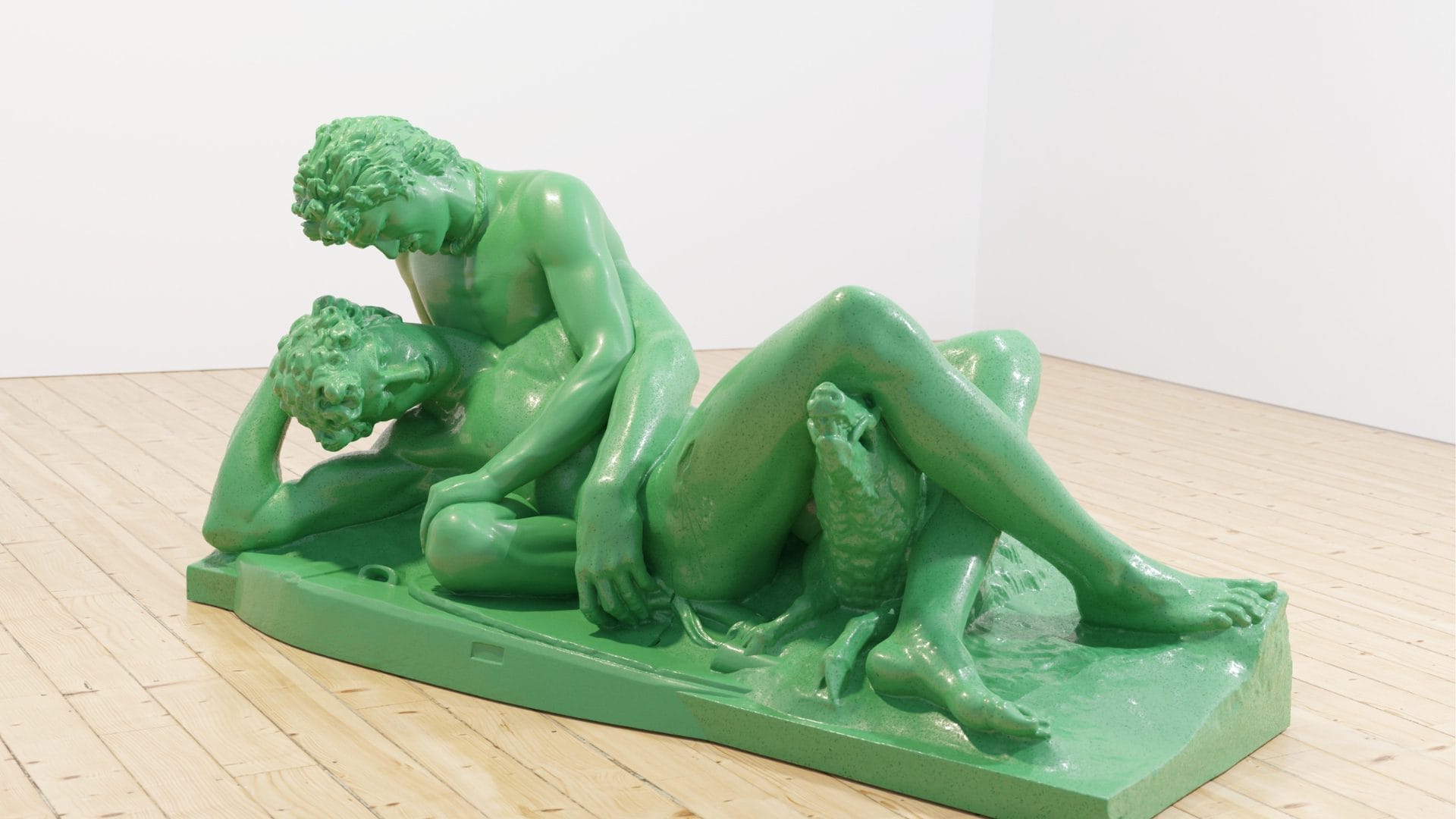
Fakewhale in Dialogue with Christian Holze
Cristian Holze is a contemporary artist who merges technology and art, with a specific focus on sculpture and its relationship with digital imagery. After starting as a technical draftsman, he discovered the potential of digital creation, initiating a dialogue between the tangible and the virtual. We discuss this with him in this interview. Using 3D simulations and artificial intelligence, Holze creates immersive works that transcend and redefine traditional perceptions of sculpture and painting, opening up a new dialogue.
What was your first significant experience that led you to take an interest in technology and art?
After graduating from secondary school, I spent four years working as a technical draftsman. I devoted a significant amount of time to using 3D software during this period. Later, when I began my art studies, I realized that the skills I had acquired in this field did not play a significant role in my artistic work. However, I did have an epiphany when I created a digital sketch for a planned sculpture for test purposes. I posted this digital work on Tumblr. The image was presumed to be a photograph of a tangible sculpture. It subsequently gained significant online traction and helped me make some interesting contacts. This event made me realize how we perceive and evaluate art in a digital world. It was the starting point for a dialogue that is still firmly anchored in my work today.
Which artists have most inspired you throughout your career?
In recent times, the works of the Pictures Generation and the Archaic period of Greek antiquity have exerted a particular influence on my work.
How do you interpret the role of art in the context of current technological innovations?
In the field of art, the advent of new technical achievements is typically preceded by an initial phase of exploration, during which they serve primarily as a means of thematic content. Gradually, however, they evolve into a tool for artistic production. This can be observed in various fields, including photography, the internet, and more recently, in the field of artificial intelligence.
How do you approach the concept of originality and copying in your works, considering the use of historical images and models?
Everything is a copy of something. The question of originality plays a relatively minor role in this context, which is precisely why it is so interesting for me. A work of art, especially a good one, is always a group effort and a product of what has gone before.
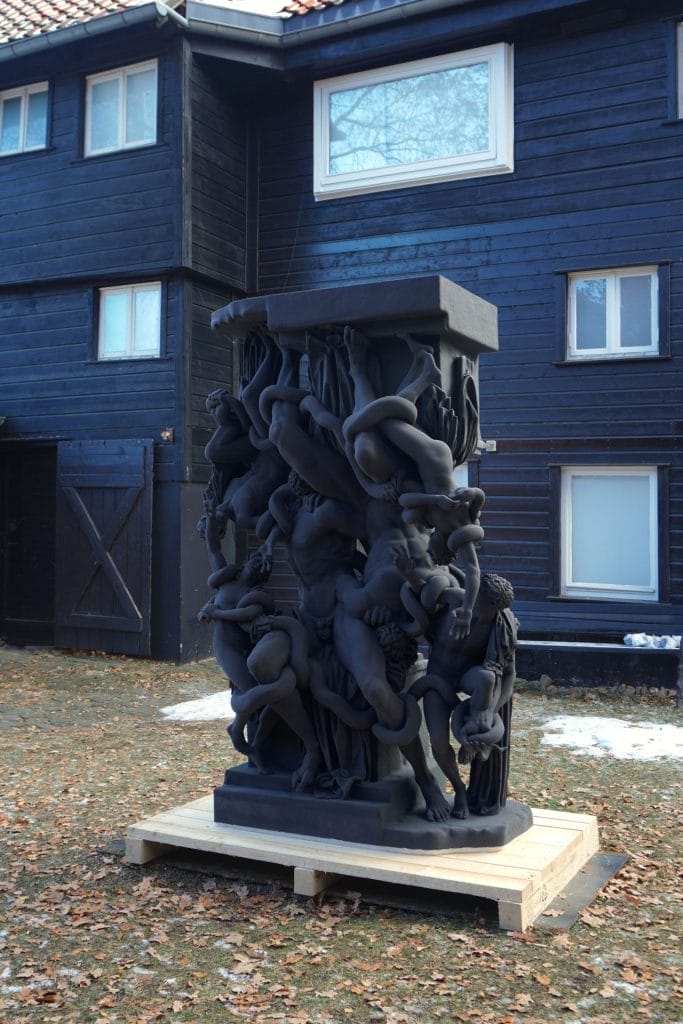

How do you utilize 3D simulation programs and artificial intelligence in your creative processes?
My work starts in digital space and often comes from the distillation of a digital image collection that I collate in an archive-like manner. My paintings, sculptures, installations, and videos are created using 3D programs. The software is also fed with data that I have previously alienated using artificial intelligence. The result is an interplay of different references that cannot be assigned exclusively to either analog or digital space.
How does the public interact with your work during exhibitions?
It is not uncommon for visitors to an exhibition to be uncertain as to whether the works they are about to see are physical or digital. This uncertainty persists throughout the exhibition, as visitors often find it challenging to categorize the works they encounter. The attribution of the works to a specific artistic category is often a significant factor in the visitors’ experience.
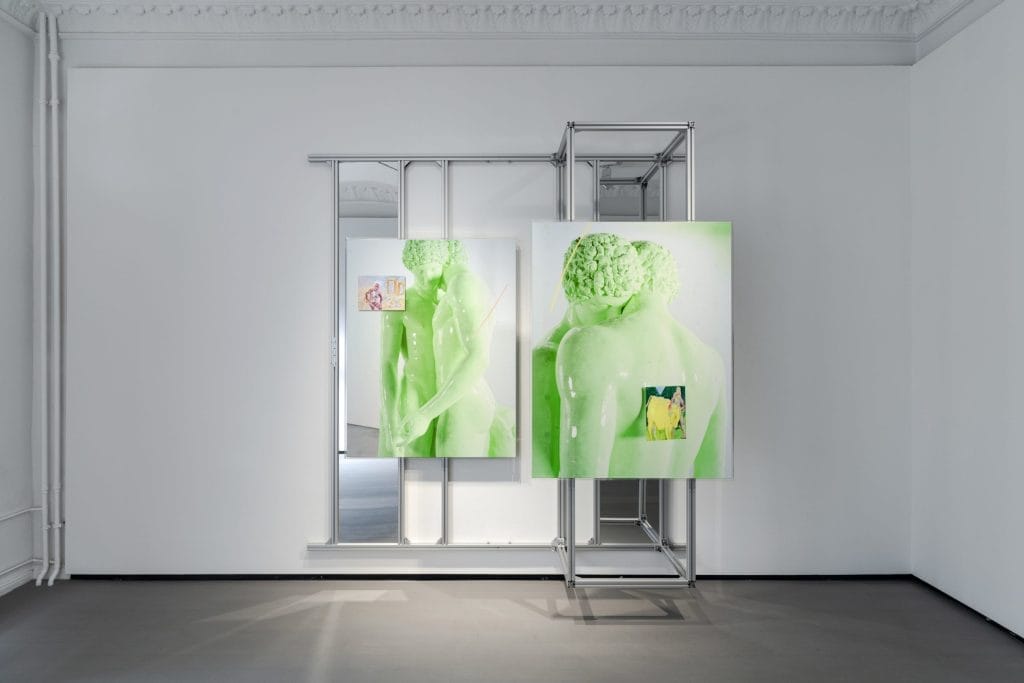
What is the significance of the CHH mark that appears on your works, and how does it reflect your approach to art and commercialization?
CCH serves as copy protection and represents a certificate of authenticity. It marks the work’s attribution to the author. The aesthetics are borrowed from watermarks on stock images. You have to pay to get the image without the company logo. In my case, it’s the other way around. Furthermore, it can be seen as a clear reference to the highly coded world of fashion, in which the brand name or logo itself becomes a value.
How have you integrated elements of classical and contemporary art into your works, such as in pieces inspired by the Farnese Bull?
The works I use are invariably linked to a history of adaptation and commodification. This frequently involves the glorification of specific products. My work Farnese Bull Reverse (2023) is inspired by a campaign by Highsnobiety in collaboration with Sotheby’s. In their Old Masters Collection from 2020, plaster casts of the icons of the Farnese collection served as photographic backgrounds, bases for the products, and templates for the models’ poses. Farnese Bull Reverse (2023) is a duplicated and internally rotated sculpture made of sand, which was previously scanned from the prime version of the Farnese Bull (Naples National Archaeological Museum) and offered as a commercial model via a 3D model marketplace. It is uncertain whether this work is really the first or merely another copy of a lost original.
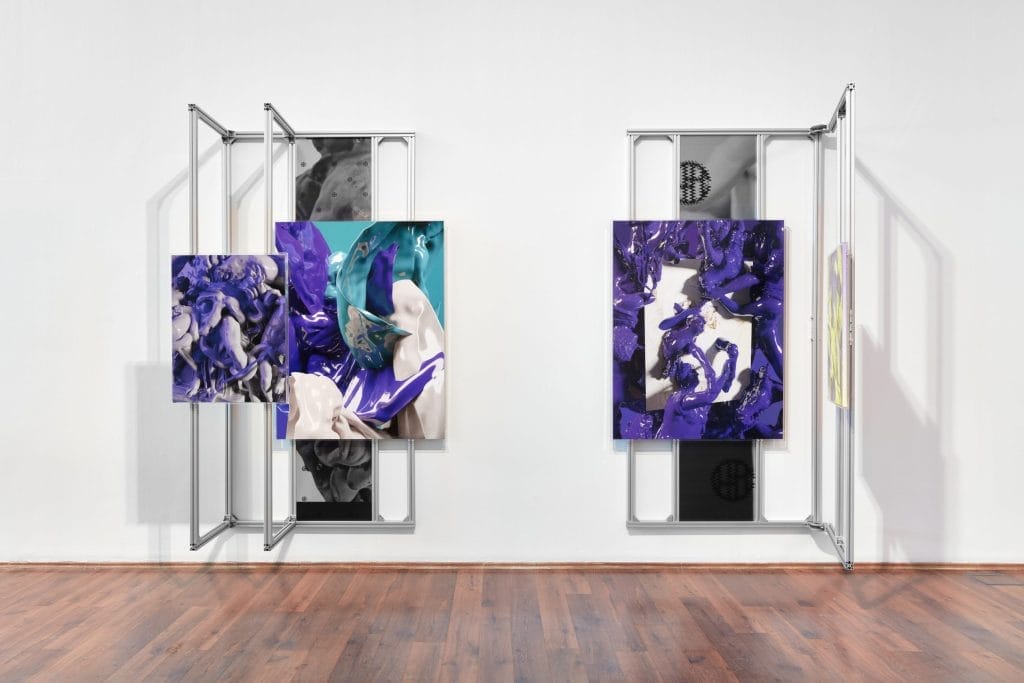
Have you collaborated with experts from other disciplines, such as scientists or engineers, to develop your works?
I often work with experts from different fields for my productions. It’s really interesting when there can be an open outcome to the collaboration. Last year, for example, I worked with Dr. Jörn Lang, the curator of the Leipzig Museum of Antiquities, and a manufacturer that researches and realises innovative 3D printing processes. We worked on an exhibition at the G2 Kunsthalle, a private collection in Leipzig, Germany. This exchange was crucial and allowed us to explore and transcend classical artistic categories. The result of this amazing collaboration was a major exhibition where my work blended seamlessly with some plaster casts from the Leipzig Museum of Antiquities, challenging visitors’ visual expectations. I’m really grateful for that.
Can you give us some insights into your upcoming projects and the themes you will be exploring?
Nothing New
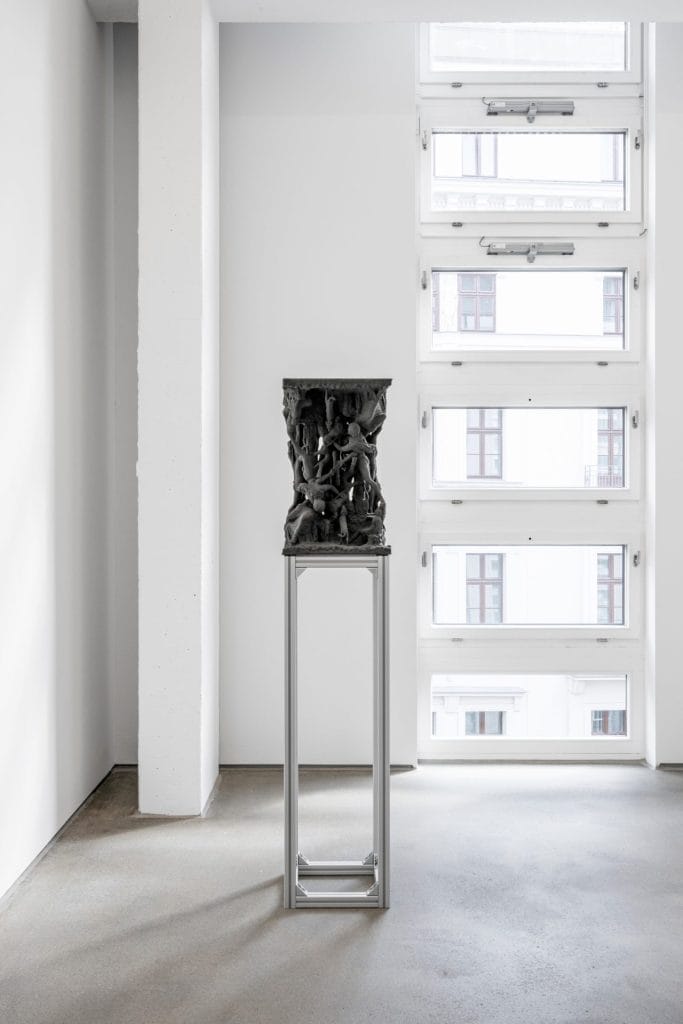
fakewhale
Founded in 2021, Fakewhale advocates the digital art market's evolution. Viewing NFT technology as a container for art, and leveraging the expansive scope of digital culture, Fakewhale strives to shape a new ecosystem in which art and technology become the starting point, rather than the final destination.
You may also like
BRAVE NEW CIRCUITRY by Sutu on NiftyGateway.
Fakewhale CROSS presents Brave New Circuitry by Sutu: A Nifty Gateway Release On September 28th 2022
“The Gatherers” at MoMA PS1: Where the Superfluous Stares Back
“The Gatherers”, 24 April – 6 October 2025, MoMA PS1 (Long Island City, New York, USA), cura
Ben Shirken, H.D. Reliquary at Intercomm, Ridgewood
“H.D. Reliquary” by Ben Shirken, curated by John Pugh, at Intercomm, Ridgewood, 4/10/202



